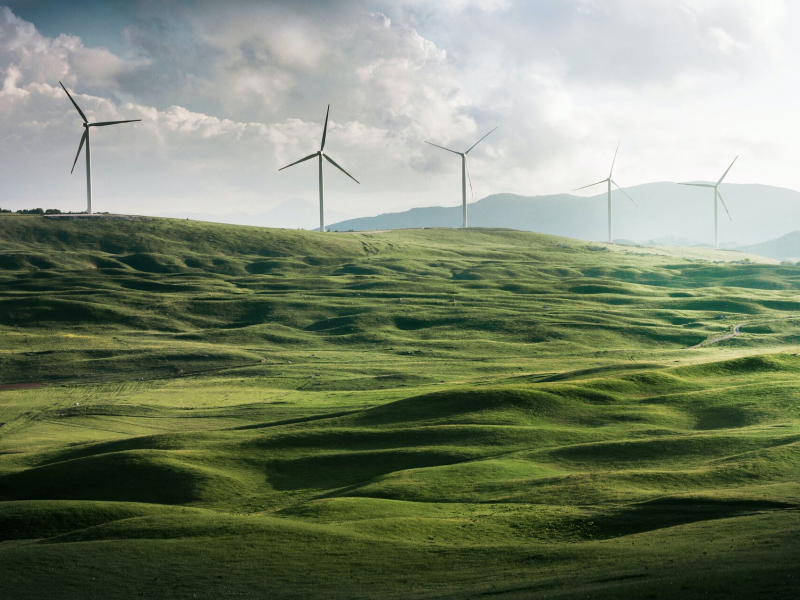 Image: ESA
Image: ESA
The European Space Agency (ESA), EPRI and other founding members have launched the Task Force for Innovation in Energy Through Space.
The new task force is aimed to be a global collaborative platform to promote the development and demonstration of innovative space-based technologies and applications that address the clean energy ecosystem and support the growth of a sustainable green economy.
Initial work is planned to identify priorities for the energy industry and initiate concrete collective actions including projects and demonstrations to establish the space services and technologies that address these needs.
“The global energy industry is facing many challenges, including the security of energy supply, delivery at affordable prices and the acceleration of the green transition. Space-based digital solutions and enhanced connectivity are key enablers in supporting the journey towards net zero,” says Elodie Viau, director of telecommunications and integrated applications at ESA.
“Through this task force, ESA will contribute to a long-lasting transformation towards a more secure, sustainable and low carbon future, which demonstrates the value of satellite connectivity and other space technologies in delivering social, economic and environmental advantages to society and to industry.”
The task force was formed at EPRI’s AI and power summit in Rome. Other members include the European DSO organisation E.DSO, the Aberdeen, Scotland based Net Zero Technology Centre and the Aberdeen Renewable Energy Group, the Decom North Sea collaboration, the multi-stakeholder Global Alliance for Sustainable Energy and the India Energy Storage Alliance – this latter one of the pioneers in investigating the use of space-based data for energy applications.
As one of the founding members, ESA anticipates the initiative to form a foundation for its ‘Space for a green future’ accelerator, which is aimed to grow the use of Earth observation data to help Europe act to mitigate climate change.
A key element is the construction of a digital twin of the Earth combining Earth observation and in situ environmental measurements, which with artificial intelligence, past, present and future changes can be represented.
Future partnerships are planned with other organisations from around the world.
